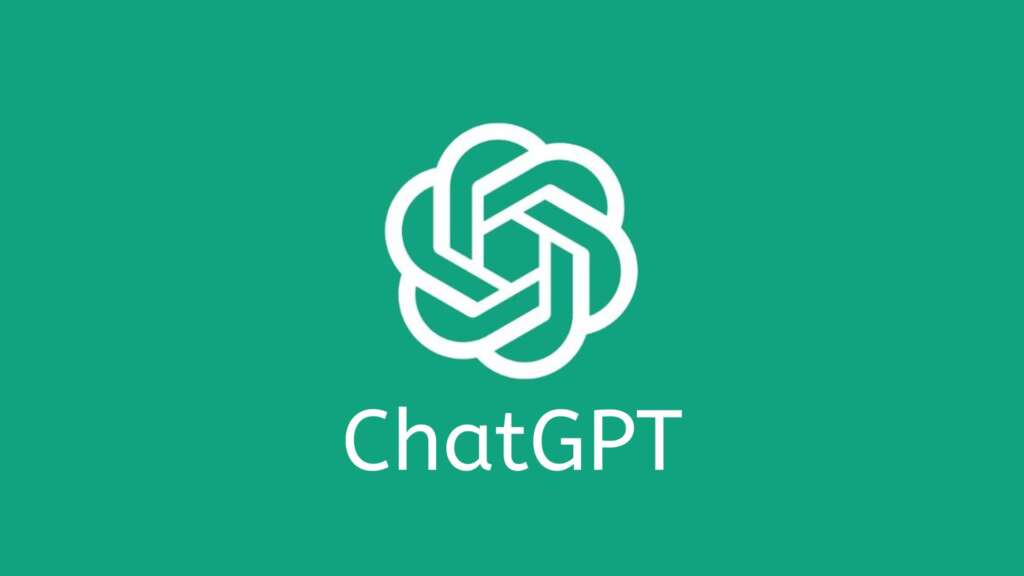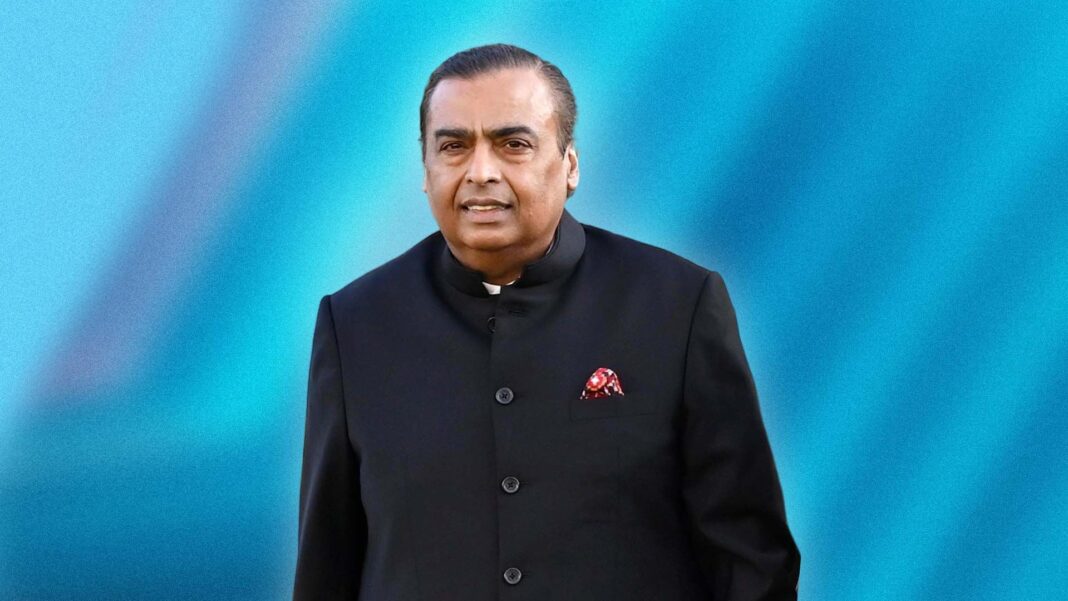After dominating headlines for over two years, ChatGPT’s growth slows for the first time since its record-breaking debut. According to new app analytics reports, OpenAI’s popular AI chatbot is experiencing a dip in new downloads and daily engagement. While the platform remains one of the most-used AI tools in the world, its latest performance trends suggest that the initial wave of explosive user adoption is beginning to level off.
ChatGPT’s Growth Slows: The Latest Data
Analytics firm Apptopia reports that ChatGPT’s mobile app saw a noticeable 8.1% decline in global downloads in October 2025 compared to the previous month.
Other key data points highlight the slowdown:
- Daily active users (DAU) have plateaued globally.
- Average time per user dropped by 22.5% since July.
- Sessions per user per day fell by roughly 20.7%, showing reduced repeat usage.
Even with these declines, ChatGPT continues to handle 2.5 billion messages per day, according to Business Insider, proving that its user base remains massive — just more stable than before.
Why ChatGPT’s Growth Is Slowing
Experts point to several contributing factors behind the recent dip in engagement and downloads.
1. Market Saturation
Nearly three years after its launch, ChatGPT has reached a high level of user saturation. Most curious or early adopters have already downloaded and tested the app, leaving limited room for new user growth.
2. Competition from AI Rivals
The rise of competitors like Google Gemini, Anthropic Claude, and Perplexity AI is reshaping user preferences. Many users are experimenting with alternative chatbots that offer distinct features or integrations, leading to shared market attention.
3. User Behavior Shift
Some users are moving away from the mobile app to access ChatGPT via desktop browsers, APIs, or integrated tools in Microsoft Office and other apps. This transition makes mobile metrics appear weaker even if total use remains stable.
4. Feature Fatigue and Model Changes
Recent adjustments to ChatGPT’s tone and conversational style have made it more formal and less “chatty.” While this improves accuracy, some users miss the earlier personality, potentially impacting casual engagement.
What This Means for OpenAI
For OpenAI, the fact that ChatGPT growth slows marks a shift from hyper-growth to market maturity. This is a normal phase in the product lifecycle, but it also signals new strategic challenges.
- Retention over acquisition: OpenAI must now focus on retaining existing users through new features and consistent value.
- Innovation pressure: To reignite growth, upcoming model releases — like GPT-5.5 or enhanced multimodal capabilities — will be crucial.
- Enterprise focus: With individual growth flattening, enterprise adoption and B2B integrations are likely to become OpenAI’s next growth engine.
Industry Impact: What the Slowdown Signals
The slowdown also reflects a broader shift in the AI app economy. As generative AI becomes mainstream, the novelty factor fades, and success now depends on consistent utility rather than curiosity-driven usage.
Experts say the AI industry is entering a consolidation phase, where real-world integration and specialized tools will define leadership more than viral hype.
What Comes Next for ChatGPT
Despite the slowdown, ChatGPT remains a central force in global AI adoption. OpenAI’s recent push toward personalized assistants, memory features, and multimodal interactions could boost engagement once more.
Moreover, the tool’s deep integration with Microsoft products, including Word, Excel, and Teams, ensures it continues to influence both enterprise and individual productivity markets.
In short, while ChatGPT’s growth slows, its influence is far from fading — it’s evolving from a viral sensation into a long-term, embedded productivity ecosystem.



